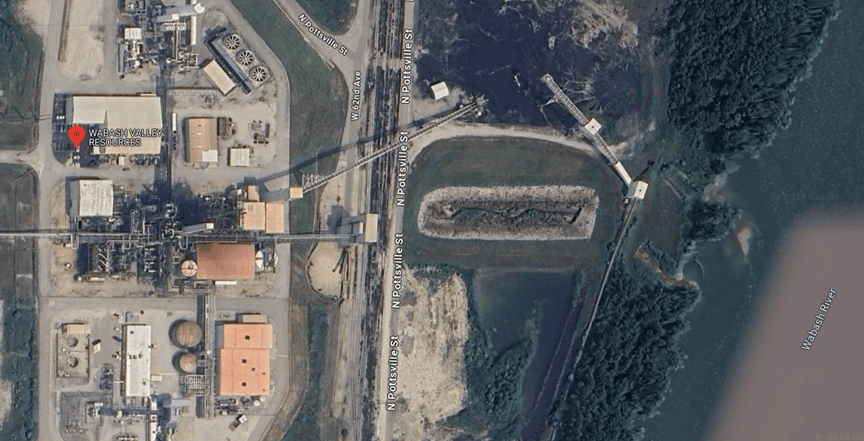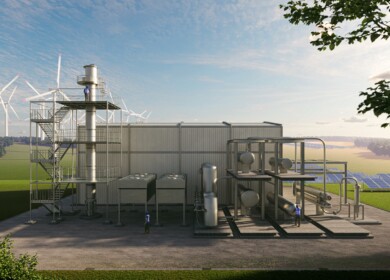Department of Energy commits $1.56 billion to Indiana plant, aiming to transform U.S. ammonia production

The U.S. Department of Energy (DOE) has announced a conditional loan commitment of $1.56 billion to Wabash Valley Resources (WVR) for the development of a low-emission ammonia production facility in West Terre Haute, Indiana. The project seeks to produce ammonia with reduced carbon emissions while addressing supply chain vulnerabilities in the agricultural sector.
With a total investment of $2.4 billion, the facility aims to produce 500,000 metric tons of anhydrous ammonia annually, using carbon capture technology and repurposing petroleum waste from oil refining. The project also seeks to sequester 1.6 million metric tons of CO2 per year, making it potentially one of the first carbon-negative ammonia production facilities in the world.
Addressing supply chain challenges and emissions
Ammonia production contributes significantly to global CO2 emissions, accounting for up to 2% of total emissions. The WVR project aims to address both environmental and agricultural challenges. By producing ammonia locally, the facility would help reduce reliance on imports, particularly important for the Corn Belt, where farmers rely heavily on nitrogen fertilizers.
The U.S. agricultural sector has faced increasing volatility in fertilizer prices, exacerbated by global events such as the conflict in Ukraine. Local production of ammonia could help stabilize prices and reduce supply disruptions, while also contributing to emissions reductions in a sector that accounts for nearly 10% of U.S. greenhouse gas emissions.
Economic impact on a transitioning region
The WVR facility is expected to create 500 union construction jobs and 125 permanent positions, according to company estimates. The facility is being built on a former coal-fired power plant site, part of broader efforts to revitalize regions impacted by the decline of traditional coal industries. In addition, the project may generate indirect economic benefits, with an estimated 1,100 additional jobs in the local area.
Dan Williams, WVR’s Chief Operating Officer, acknowledged that the project’s development was made possible through collaboration with the DOE, unions, and strategic partners. He emphasized that the initiative reflects a broader shift toward a more sustainable industrial model.
Support from industry and technology partners
The project has received backing from key industry players. Climate Investment, a decarbonization fund, has been involved in supporting WVR’s carbon capture initiatives. Baker Hughes and Honeywell will provide technology and equipment, with Samsung E&A America overseeing the facility design. These partnerships are seen as critical to ensuring that the facility operates efficiently and meets its environmental goals.
Part of a broader clean energy strategy
The DOE’s commitment falls under the Energy Infrastructure Reinvestment (EIR) program, designed to repurpose energy infrastructure and reduce emissions. While the loan commitment is significant, WVR will still need to meet various technical, legal, and financial requirements before final funding is approved.
The WVR project is positioned as part of the administration’s efforts to transition the U.S. towards cleaner energy while addressing economic and environmental concerns. However, the full impact of the project will depend on its successful implementation and ongoing market conditions for both ammonia and carbon capture technology.
Enjoyed this story?
Every Monday, our subscribers get their hands on a digest of the most trending agriculture news. You can join them too!
















Discussion0 comments